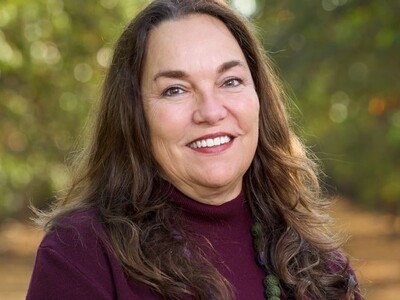3-13 NWR Time Change
This is your Northwest report for Monday, March 13 I'm David Sparks and I hope you remembered the term spring forward – fall back.This term is meant to trigger your memory to set your clocks forward 1 hour in the spring at the start of DST, and 1 hour back in the fall when DST ends. That means that at 2 AM Sunday morning you should have turned your clock or watch ahead to 3 AM.How does that relate to agriculture? The Oregon Department of Agriculture's Kathryn Walker is a special assistant to the director. She says most people in agriculture have learned to adjust to seasonal changes in the clock and are probably okay with the arrival of Daylight Saving Time:
"Farmers and their families are not much different from folks in the city. A little extra daylight extending into the evening is usually welcome after a dark, dreary, and wet winter. But it probably doesn't have any special benefit to the farming operation."
Most agricultural activities are based on daylight hours as opposed to clock hours. Crops and livestock maintain their schedules regardless of the time reflected on the clock. There always seems to be a job to do light or dark, rain or shine.
Elsewhere we may have to hold our horses in terms of celebrating the death of WOTUS. The Trump administration may have taken action to stall the Waters of the U.S. rule, but the issue hasn't completely gone away. Michael Formica is the assistant VP for domestic policy for the National Pork Producers Council talking about the president: He can't order them to repeal it or rescind it because it is already been finalized as a regulation.















